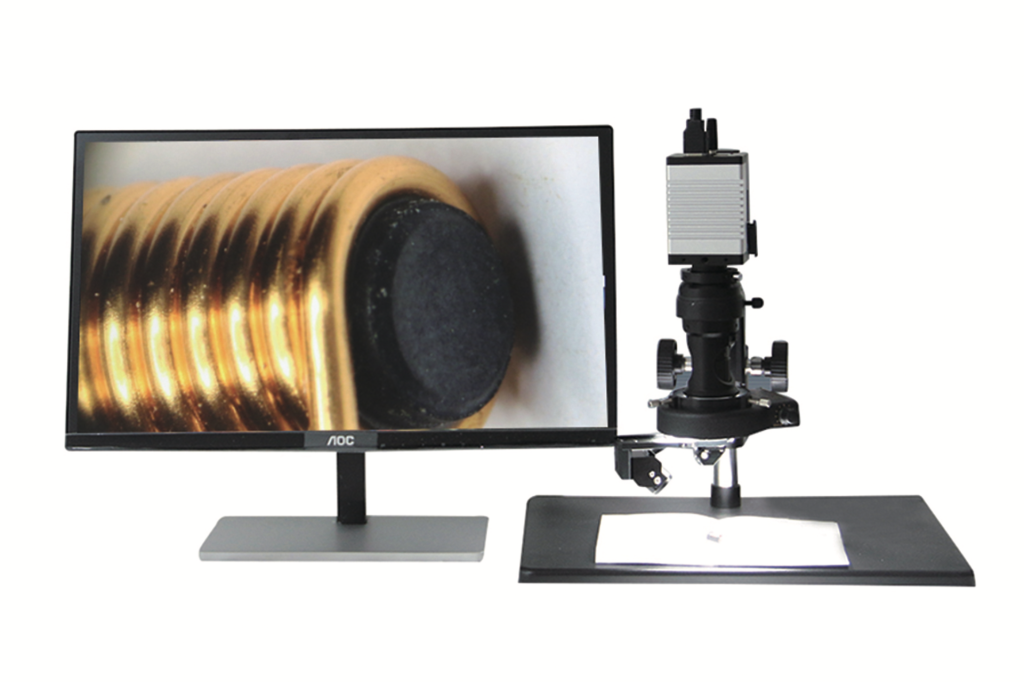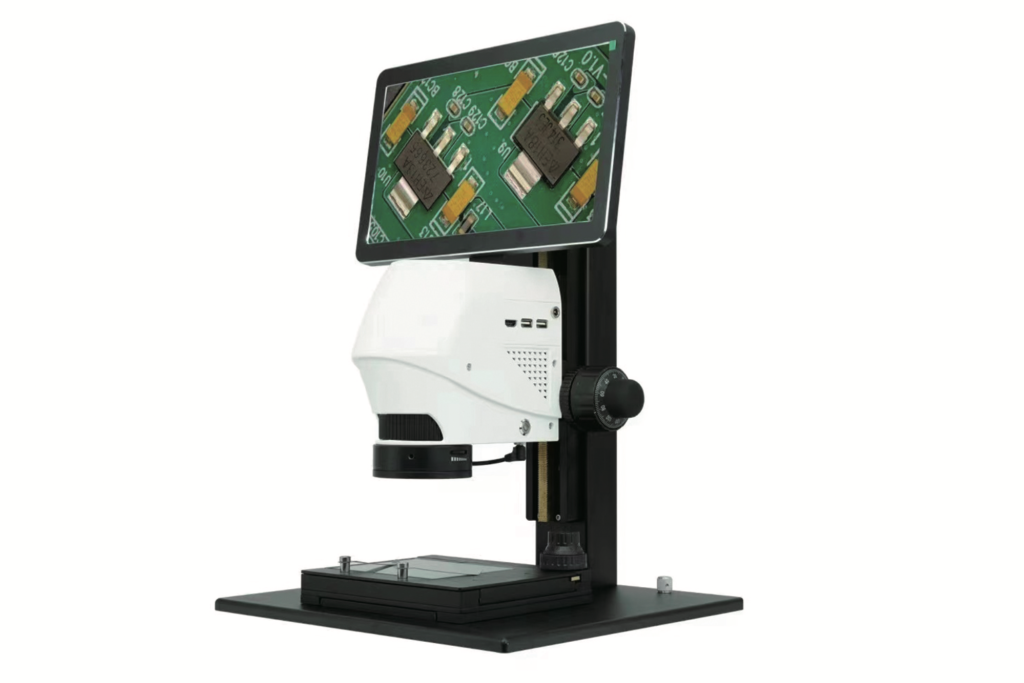A video microscope, also known as a digital microscope, is a microscope that can generate a real-time video of the object being observed.
According to different data display methods, video microscopes can be divided into two categories: digital microscopes with built-in screens and digital microscopes with computer displays.
Video microscopes serve many purposes and are available in a variety of styles, from models designed for hobbyists to high-tech versions for use in science labs. Science supply companies and science stores often sell video microscopes, or they can be ordered directly from the manufacturer. It is also possible to purchase a video adapter for an existing microscope to turn it into a video microscope.
Some microscopes are handheld, allowing the user to maneuver it around an object to obtain a magnified image. Other video microscopes have a traditional microscope stage on which the sample is mounted. Handheld microscopes tend to be popular among hobbyists, while microscopes with stages are used in laboratories.
Video microscopes are great for things like presentations and group instruction.

Three main advantages of video microscopy
With a video microscope, the user can manipulate the specimen and the area of focus, and one can see the image on a television screen or monitor. The wide field of view and size of the video image is also advantageous in several situations, such as in laboratories, where one needs to be able to manipulate specimens with great precision, and looking through the eyepieces can be challenging when performing delicate work.

Microscopes can often be connected to a variety of screens, from laptops to regular TVs. This makes the video microscope a highly flexible tool that appeals to the hobbyist and is useful for fieldwork situations, as the microscope can be carried to the field using a laptop for quick viewing of interesting specimens. Still, cameras can also be integrated into the design for the purpose of capturing images of particular interest.
In addition to providing real-time feedback, a video microscope can also record what it sees. This is extremely useful when using a microscope to evaluate forensic evidence as it allows for an accurate record of what happened to the evidence during the examination.
It is also helpful to the scientific community as it provides a clear record of the specimen that can be reviewed at a later moment for material that may have been missed during microscopic examination. Videos can also be used in presentations at conferences and scientific events to showcase new research.
To sum up, the video microscope has three main advantages:
1. The video microscope can be equipped with a high-resolution camera with 10 million pixels. Its frame rate can quickly display real-time images, and more details can be found by simply adjusting the optical components of the video microscope.
2. The video microscope adopts brand optical devices, and you can choose different built-in LED lighting options to show rich details. In addition, samples are ideally illuminated even with a large field of view, and lighting and contrast options can be combined in various ways to accentuate sample characteristics.
3. The zoom ratio range is convenient for quickly changing the magnification. The magnification can display details down to microns on the same microscope, and the horizontal field of view can be provided in the same focal plane.
Five major differences between video microscopes and ordinary microscopes:
1. With the function of microscopic photography, the observed microscopic effects are saved and formed into graphic files, which can be circulated to relevant departments; ordinary microscopes can only be observed through the eyepiece, and cannot be used for microscopic photography.
2. Connected with a computer, multiple people can observe at the same time; ordinary microscopes can only be observed by one person.
3. Previewing on the computer screen can reduce eye fatigue; ordinary microscopes need to observe through the eyepieces all the time, which can easily cause excessive eye fatigue.
4. The imaging device of the digital microscope can have functions such as measurement, printing of graphic reports, and video recording; ordinary microscopes can only perform simple microscopic observation
5. Digital microscope is a new era in the development of modern scientific instruments and meters and has many functions that ordinary microscopes do not have. It has developed rapidly in scientific research, product testing, teaching demonstration, archaeology, etc.